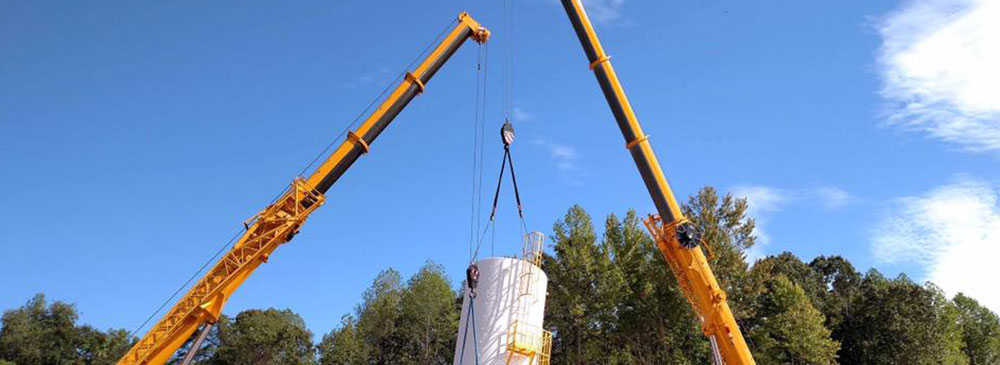
As you are planning your next rigging project, you need to think about lifting hooks. You can get the hooks from the rigging companies or buy them from your local store. The right hooks to choose from depend on the total weight of the load, the material your are lifting, the type of sling you are using, type of hitch you are using, the sling angle, among many other things.
Types of hooks
There are plenty of hook types in the market you can choose from. The most common ones being:
Eye hooks: They feature a chain or fitting that is welded for permanent connection to the sling. When using the hook, you have more flexibility in terms of movement and ergonomics. Unfortunately, the eye hook is a permanent solution. In the event, the hook stretches, bends, or cracks during use, you have to remove the entire sling.
Clevis hooks: This is a fastener system made up of a clevis and clevis pin. A clevis hook is easy to remove and replace when it’s damaged due to bending, stretching, or cracking. While the hook pivots easily from one side to another, it doesn’t have the same flexibility or freedom as the eye hook.
Shivel hooks: The shivel hook swivels to allow the rigger to align the hook when connecting to the load properly. You should use the hook when you are looking to position the hook onto the pick point.
There is a special kind of shivel hooks that have a bearing that allows the hook to rotate freely under the load. The top fitting shivels and pivots, allowing the load to rotate to prevent twisting of the rigging.
Rigging hooks safety tips
For you to avoid accidents at the rigging site, you need to observe some safety tips.
- Before you begin rigging, carefully inspect the hooks and discard those that are worn out more than 10% of the original dimension.
- You also should get rid of any hooks that have an increase in throat or slot opening of more than 5% of the original opening.
- Discard hooks that have large bends or twists. Also, replace load pins that are largely distorted.
- If the hooks are good, go ahead and use them. Exercise care when using the hooks so that you don’t injure people or damage the pieces.
- All hooks have working load limits. To avoid damage, ensure that you don’t exceed the load limits.
- When loading, don’t rapidly load or drop the load as it will lead to serious overloading of the hook.
- If working in a factory, avoid exposing the hooks to corrosive materials or high temperatures that could affect the thermal treatment and strength of the hook.
Proper lifting operation of the hooks
For you to properly lift the load and protect the hook from damage, you need to follow the right lifting procedure.
- Never load the hook more than it can handle.
- Find out the weight of the load and ensure that it doesn’t exceed the load rating of the hook.
- As mentioned above, avoid shock loading. To prevent point loading the hook, always center the load on the base.
- When using a device to bridge the throat opening of the hook, ensure that the bridging device carries no part of the load.
- Take care of your hands so that they aren’t caught between the hook and the load. When using duplex hooks, take care that you don’t load the pinhole in the hooks beyond the rated load of the hook.
Maintaining the lifting hooks
You need to take good care of the hook for it to last for a long time and at the same time give you an excellent service. When you have a hook hatch that is missing or working improperly, repair or replace it. Ensure that the repairs are done by an experienced professional.
You are better off working with a professional working in a crane services VA company. This way, you are sure that all cracks, gouges, or nicks will be expertly fixed. If you need to replace any parts such as load pins for the clevis hooks, you will have peace of mind that they will be equal to the manufacturer’s specifications.